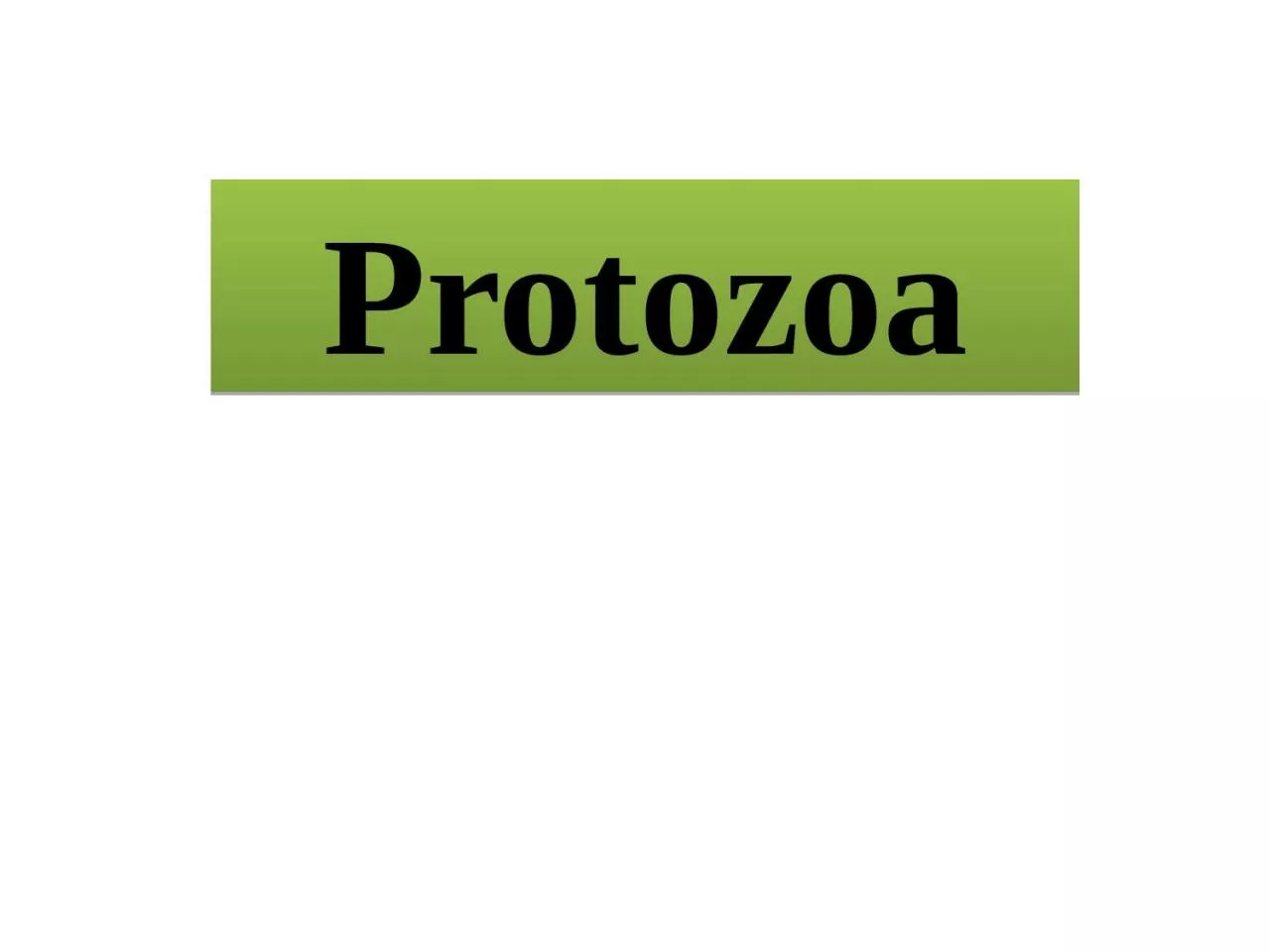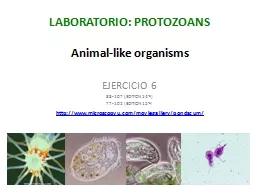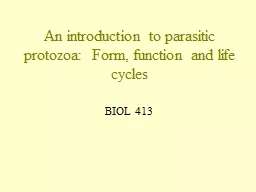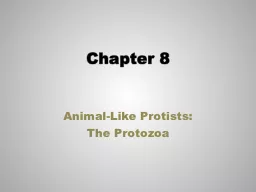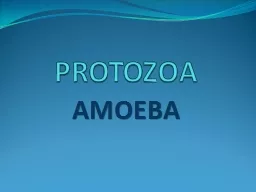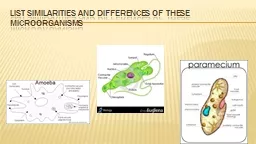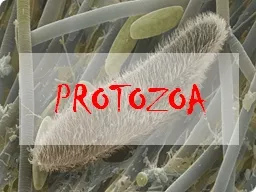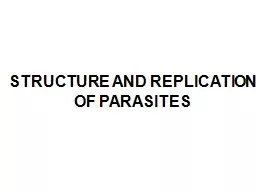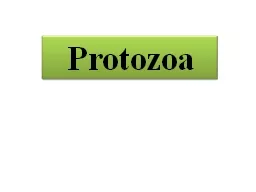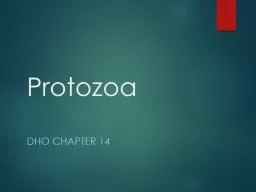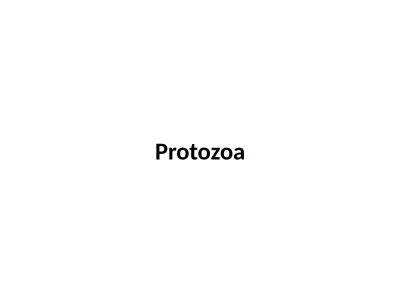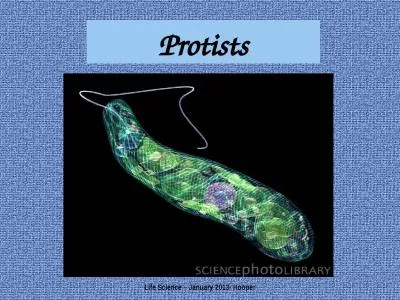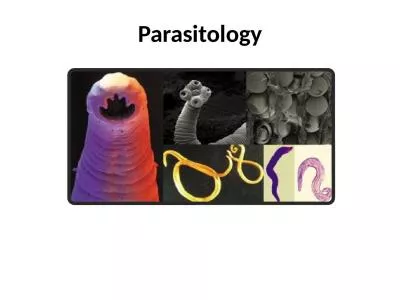PPT-Protozoa Lab. Ciliates Balantidium
Author : molly | Published Date : 2022-06-15
coli Balantedium coli A trophozoite shape ovoid cilia cover the body cytostom present nuclei 1 small micronucleus 1 large
Presentation Embed Code
Download Presentation
Download Presentation The PPT/PDF document "Protozoa Lab. Ciliates Balantidium" is the property of its rightful owner. Permission is granted to download and print the materials on this website for personal, non-commercial use only, and to display it on your personal computer provided you do not modify the materials and that you retain all copyright notices contained in the materials. By downloading content from our website, you accept the terms of this agreement.
Protozoa Lab. Ciliates Balantidium: Transcript
Download Rules Of Document
"Protozoa Lab. Ciliates Balantidium"The content belongs to its owner. You may download and print it for personal use, without modification, and keep all copyright notices. By downloading, you agree to these terms.
Related Documents

